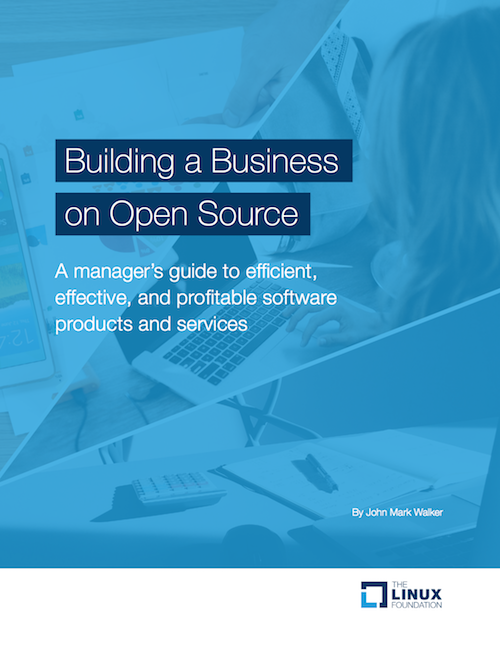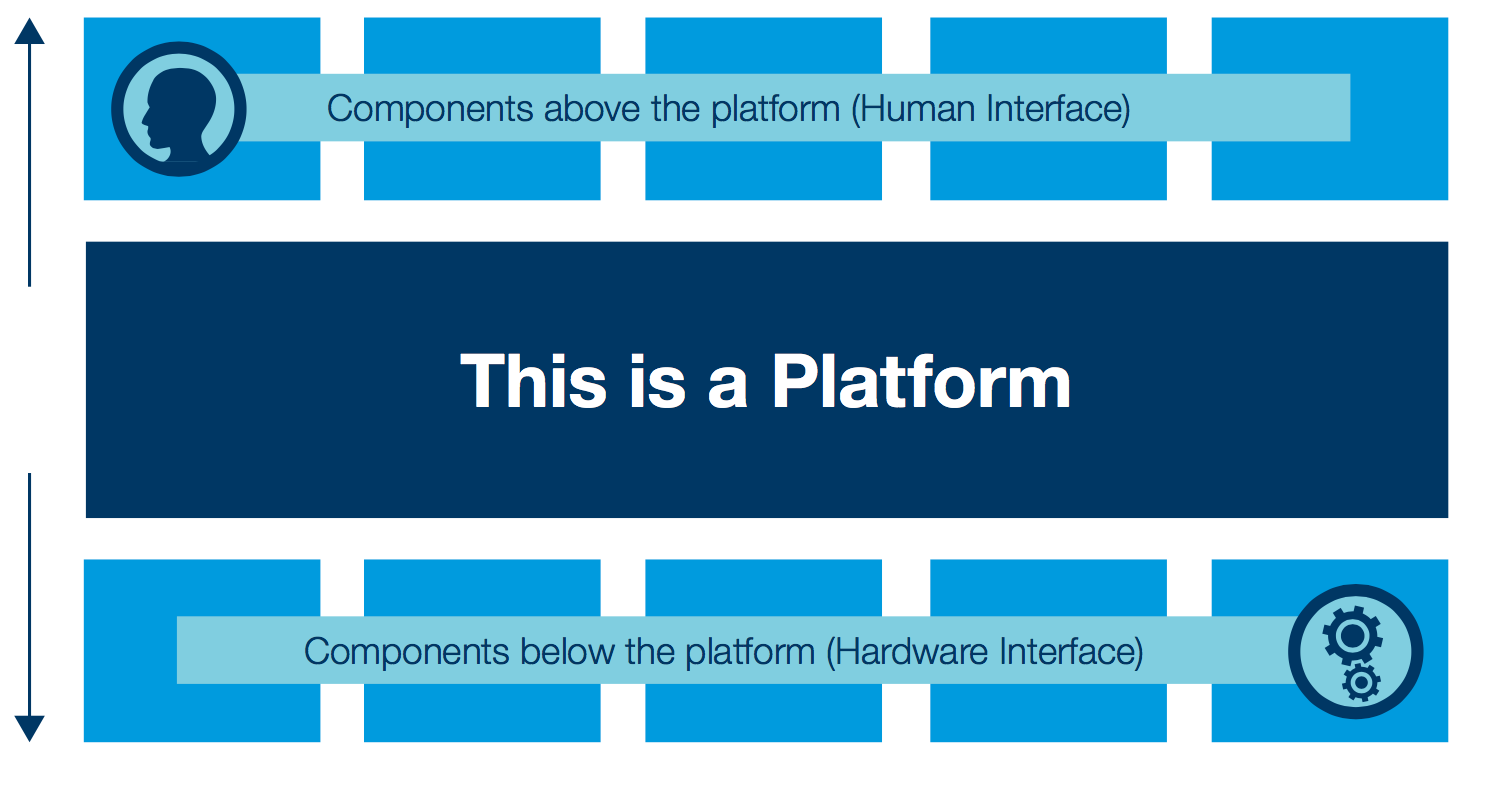Today, if you’re building a new product or service, open source software is likely playing a role. But many entrepreneurs and product managers still struggle with how to build a successful business purely on open source.
The big secret of a successful open source business is that “it’s about way more than the code,” says John Mark Walker, a well-known voice in the open source world with extensive expertise in open source product, community, and ecosystem creation at Red Hat and Dell EMC. “In order to build a certified, predictable, manageable product that ‘just works,’ it requires a lot more effort than just writing good code.”
It requires a solid understanding of open source business models and the expertise and management skills to take advantage of developing your products in an open source way.

“If you’re developing software in an open source way, you have options that proprietary developers don’t have,” Walker writes. “You can deliver better software more efficiently that is more responsive to customer needs — if you do it well and apply best practices.”
The Value of the Open Source Platform
As open source has become more prevalent, it has changed the way products are developed. Walker describes the unique challenges and questions raised by adopting an open source approach, including questions of sustainability, accountability, and monetization.
Walker admits that Red Hat remains the only company that has been successful with a pure open source business model (without being acquired). Many companies are still pursuing a similar model selling open source software, but other models around open source exist, including the venture-capitalist’s favorite open core model, a services and support model, and a hybrid model that mixes open source code with proprietary components.
In discussing the difference between open core and hybrid business models, Walker says his biggest problem with them is that they both assume there is no intrinsic value in the platform itself.
“I am not discounting the added value of proprietary software on top of open source platforms; I am suggesting that the open source platforms themselves are inherently valuable and can be sold as products in their own right, if done correctly,” Walker states.
“If you begin with the premise that open source platforms have great value, and you sell that value in the form of a certified software product, that’s just a starting point. The key is that you’re selling a certified version of an open source platform and from there, it’s up to you how to structure your product approach,” he continues.
What’s emerging now is a new “open platform model,” in which the open source platform itself is sold in the form of a certified product. It may include proprietary add-ons, but derives most of its value from the platform.
A Messy Business
Creating a business purely around an open source platform requires new thinking, and a new process. It’s difficult to turn the code that’s available to everyone for free into a product that just works and can be used at scale.
“Creating a product is a messy, messy business. There are multiple layers of QA, QE, and UX/UI design that, after years of effort, may result in something that somewhat resembles a usable product,” writes Walker.
Walker explains the distinction between an open source project and a product that’s based on that project. He points out that “creating, marketing and selling a product is no different in the open source space from any other endeavor.”
He details the process of making a product out of an open source project; it’s not nearly as easy as packing the code into a product and charging for it.
Mastering the Supply Chain
Part two of the ebook covers more advanced topics, including the management of open source software supply chains, which offers some unique challenges.
“A well-managed supply chain is crucial to business success. How do you determine ideal pricing, build relationships with the right manufacturers, and maximize the efficiency of your supply chain so you’re able to produce more products cheaply and sell more of them?” asks Walker.
“One potential conclusion is that to be successful at open source products, you must master the ability to influence and manage the sundry supply chains that ultimately come together in the product creation process,” he says.
In the final chapter, Walker takes a deep dive into the importance of being an influencer of the supply chain. He talks about some best practices in the process of evaluating supply chain components and gives examples of companies like Red Hat who have an upstream first policy that plays a big role in making them an influencer of the supply chain.
The crux is, “To get the most benefit from the open source software supply chain, you must be the open source software supply chain.”
Conclusion
It might sound easy to take some free source code, package it up, and create a product out of it. But in reality it’s a very challenging job. But if you do it right, an open source approach offers immense benefits that are unmatched in the closed source world.
That’s exactly what this book is all about. Doing it right. The methodologies and processes detailed by Walker will help companies, managers, and developers adopt best practices to create valuable open source products as open source business models shift, yet again.
Learn how to build a business on open source. Download the free ebook today!


